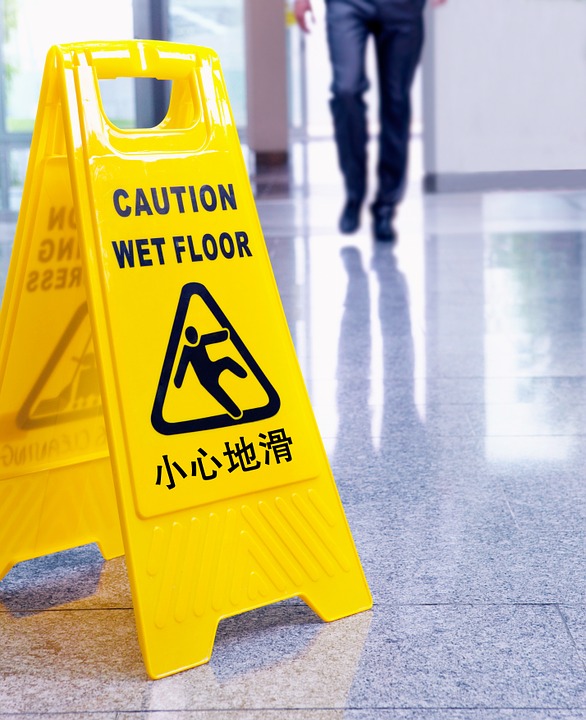OSHA Updates Fall Protection Rule

The Occupational Safety and Health Administration (OSHA) has updated the rule governing slip-and-fall accidents in the workplace.
According to the National Floor Safety Institute (NFSI), slip and falls are the most common cause of worker's compensation, costing employers in the U.S. billions of dollars each year. While most slip and falls are minor, causing nothing more than bruises, others are more severe. In fact, statistics show that falls account for 5% of all work-related fatalities in women and 11% for men. But OSHA is looking to curb these numbers by updating its fall protection rule.
Released November 17, the newly updated fall protection rule covers an estimated 112 million workers. While it isn't expected to take effect until January 17, employers are urged to familiarize themselves with the new rule and what it covers. Among other things, the new fall protection rule has training requirements that will take effect later in July 2017, along with deadlines for compliance and fixed ladders.
Of course, this update was a long time in the making. OSHA's previous fall protection rule hadn't been updated in 45 years. Since then, a lot has changed in the modern workplace, as workers now have access to better safety equipment and gear. The new rule reflects these changes, requiring employers to take extra steps to protect their workers from fall-related injuries. The purpose of the rule is to require employers to identify slip and fall hazards, while also providing the necessary protection for workers.
“OSHA believes the flexibility the final rule provides will allow employers to select and provide the controls they determine will be most effective… to protect their workers and prevent injuries and fatalities from occurring,” wrote OSHA in its new fall protection rule.
Just how many injuries will the newly updated fall rule prevent? While there's no way to determine exactly how many injuries it will prevent, OSHA predicts it will prevent around 29 fatalities and 5,842 serious injuries.
But implementing this newly updated fall rule won't be easy, nor will it be cheap. OSHA says implementation of the rule will cost employers $305 million per year -- and that's only accounting for direct costs. When you factor in indirect costs, the cost of implementation is likely much higher.
Visit https://www.osha.gov/SLTC/fallprotection/ to learn more about OSHA's fall protection standards.
What do you think of OSHA's new fall protection rule?
Recent Posts
-
Fire Safety in the Workplace: What You Need to Know
What steps are you taking to prevent fires in your workplace? According to the U.S. Occupational Saf …Aug 23rd 2023 -
Is It Safe to Go Jogging With a Cold Infection?
If you're suffering from a cold infection, you might be wondering whether it's safe to go jogging. T …Aug 22nd 2023 -
5 Safety Tips to Follow When Using a Powder-Actuated Tool
Powder-actuated tools are commonly used to join materials to steel and concrete. Also known as Hilti …Aug 20th 2023




